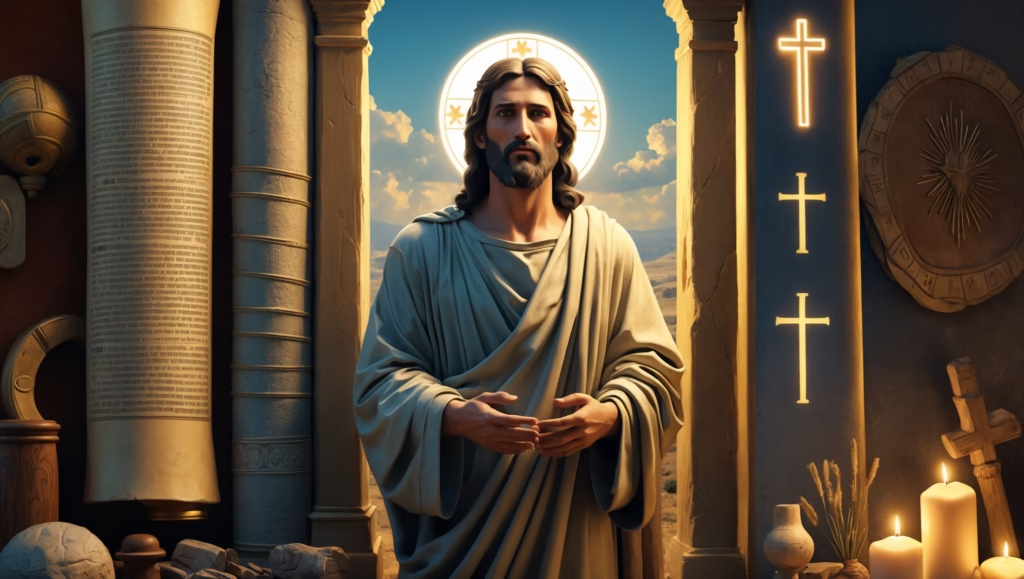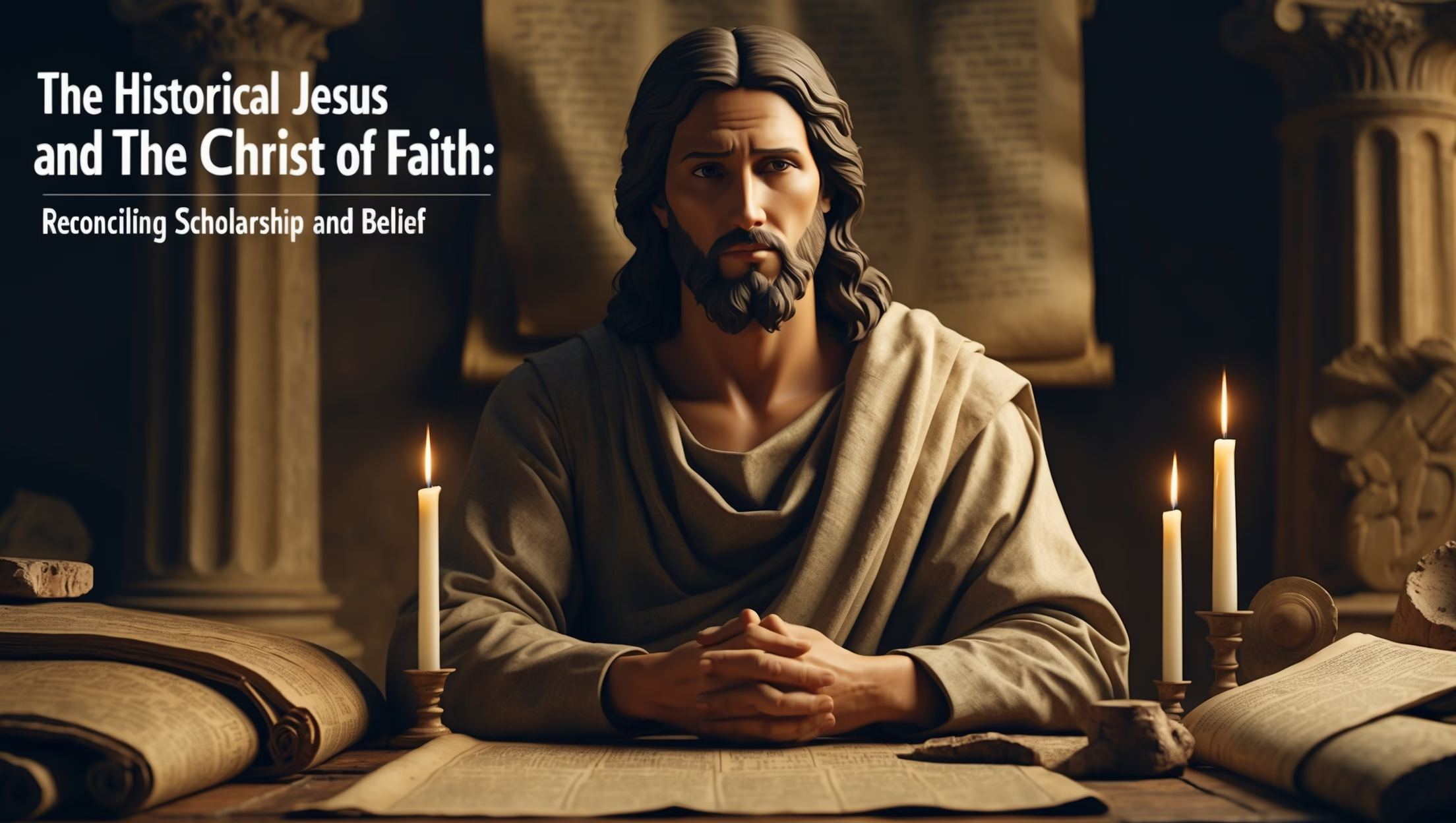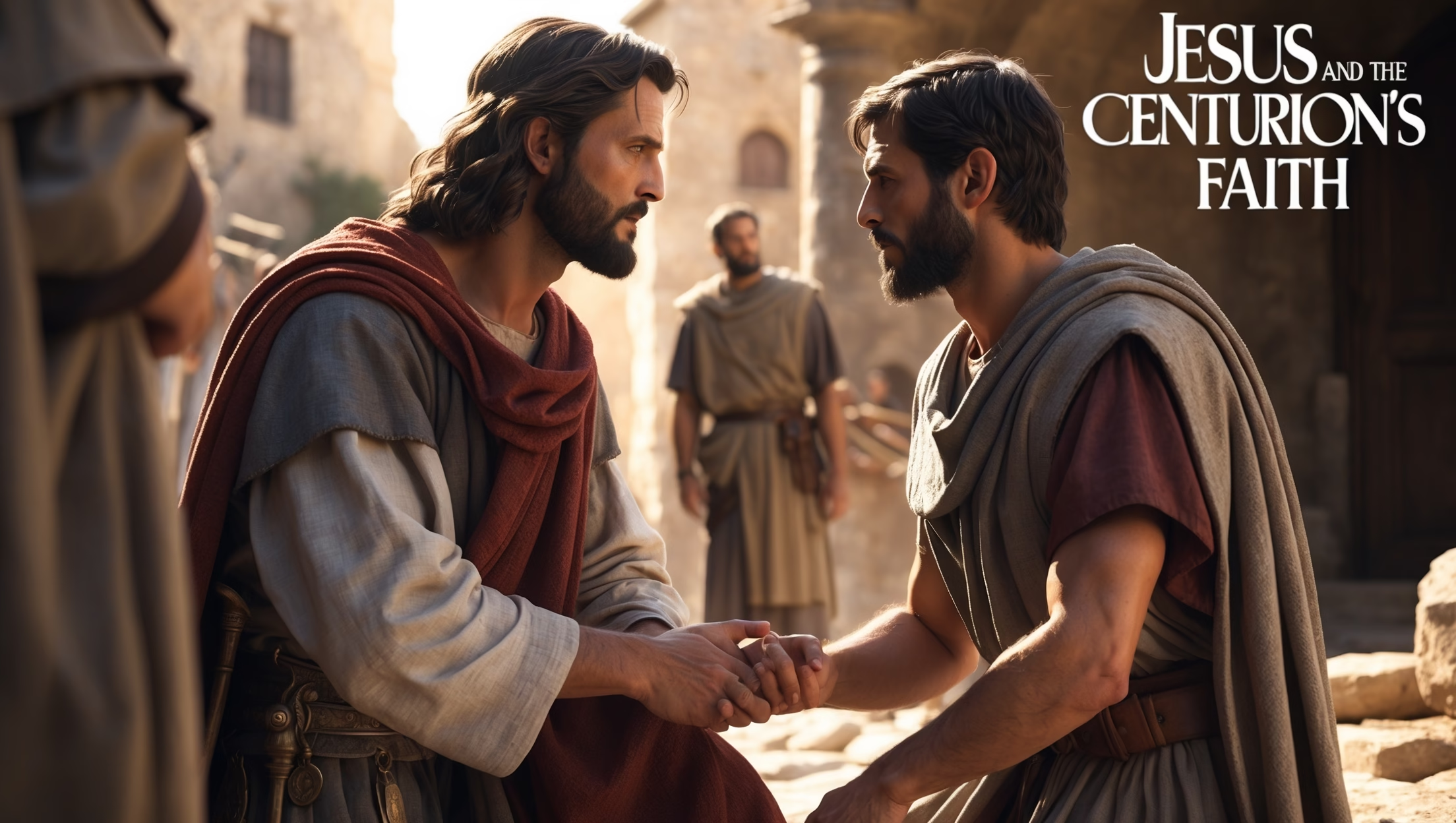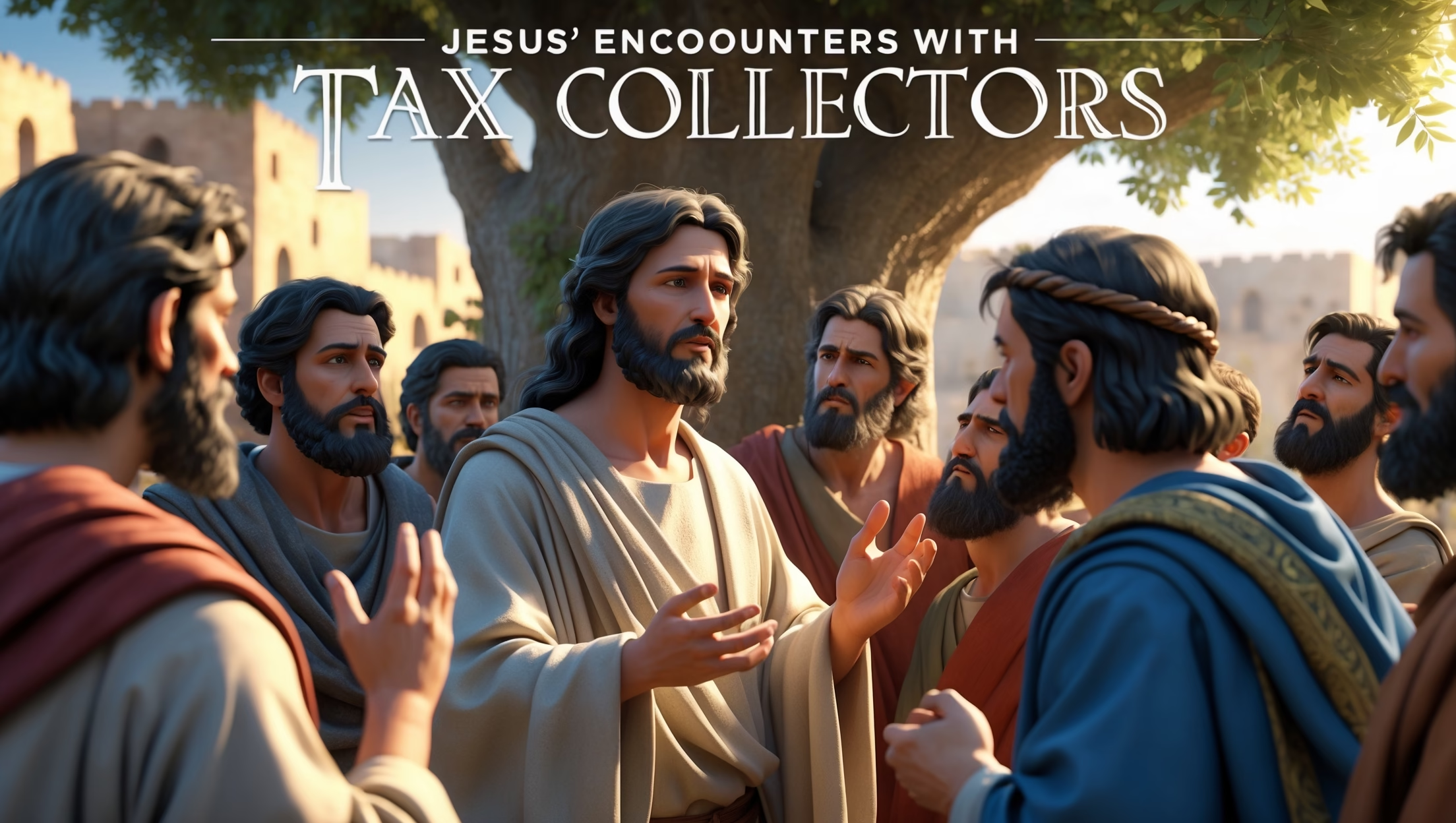Introduction: Jesus at the Crossroads of History and Devotion
For two millennia, Jesus of Nazareth has stood at the crossroads of history and devotion. Scholars armed with historical-critical methods have sought to reconstruct the man behind the Christian faith, while believers continue to worship Him as the divine Son of God. This tension between the Jesus of history and the Christ of faith has shaped one of the most profound intellectual and spiritual journeys of our age.
The Quest for the Historical Jesus
The academic pursuit of the historical Jesus has evolved through distinct phases. The initial quest, emerging during the Enlightenment, attempted to separate the human Jesus from later theological interpretations. Figures like Hermann Reimarus and David Strauss challenged traditional views, scrutinizing the Gospels through rationalist lenses. This approach reached its controversial peak with the Jesus Seminar of the 1980s, which cast doubt on the authenticity of most Gospel sayings.
A reaction followed in the early twentieth century when scholars like Rudolf Bultmann argued that the historical Jesus was ultimately unknowable, shifting focus entirely to the Christ of faith proclaimed by the early Church. However, the late twentieth century witnessed a resurgence of interest in the Jewish context of Jesus’ life, known as the Third Quest. Contemporary scholars such as N.T. Wright, John Meier, and E.P. Sanders have employed archaeological discoveries, literary analysis, and Jewish historical sources to paint a more nuanced portrait of Jesus within His first-century setting.

Consensus on Key Historical Facts
Despite ongoing debates, a broad consensus exists regarding several historical facts. Jesus was a Jewish teacher who emerged from Galilee, was baptized by John the Baptist, and preached about the Kingdom of God. His ministry included acts of healing and exorcism that contemporaries viewed as miraculous. His conflicts with religious authorities over the interpretation of Jewish law and tradition ultimately led to His execution by Roman authorities under Pontius Pilate. Following His death, His followers claimed He had risen from the dead, giving birth to the Christian movement.
Areas of Scholarly Disagreement
The areas of disagreement among scholars remain significant. Some view Jesus primarily as an apocalyptic prophet warning of imminent divine judgment, citing passages like Mark 13:30 where Jesus speaks of events occurring within His generation. Others, like N.T. Wright, argue that Jesus saw Himself as fulfilling Israel’s story rather than predicting its catastrophic end. The nature of Jesus’ self-understanding presents another major point of contention. While some scholars maintain that Jesus made explicit claims to divinity, others suggest that the high Christology of the Gospels reflects later theological development within the early Church.
The Resurrection Debate
The resurrection stands as the ultimate historical and theological divide. Some historians argue that the empty tomb and the transformation of Jesus’ disciples demand a historical explanation, while skeptics propose psychological or sociological explanations for the resurrection belief. The question remains whether historical methodology can or should adjudicate such claims.
Reconciling Faith and Historical Inquiry
For those seeking to reconcile faith with historical inquiry, several paths exist. Pope Benedict XVI’s work on Jesus of Nazareth demonstrates how critical scholarship can inform rather than undermine belief. N.T. Wright has argued that the resurrection, while miraculous, provides the most coherent explanation for the available historical data. Jewish scholar Amy-Jill Levine has shown how academic study of Jesus can proceed while respecting Christian devotion.
Importance of the Dialogue
This ongoing exploration matters because it deepens our understanding of the Gospels as both historical documents and theological testimonies. It challenges reductionist interpretations that would make Jesus merely a social reformer or spiritual teacher. Most importantly, it invites all people—whether skeptics, seekers, or believers—to engage seriously with the life that changed the course of human history.
Conclusion: Finding Illumination Between History and Faith
The divide between the Jesus who walked the roads of Galilee and the Christ worshipped by billions may not be as wide as often imagined. In the convergence of historical research and faithful reflection, we may find not contradiction, but deeper illumination.










